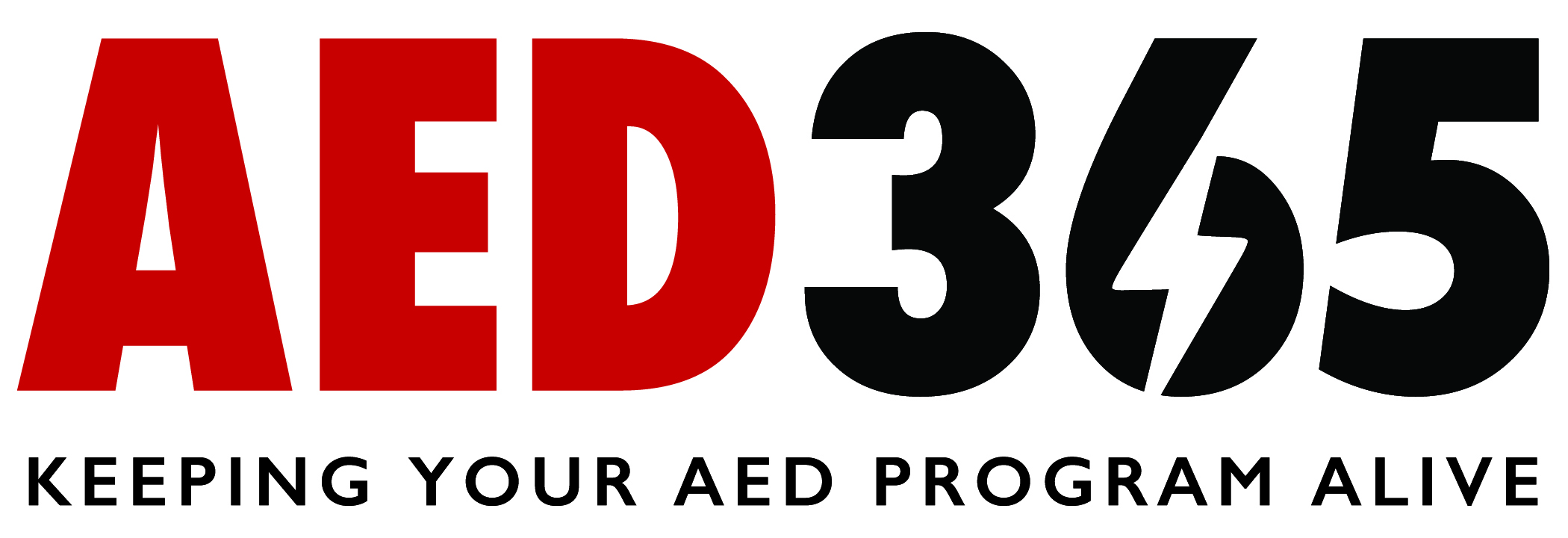Author: Marcy Burnham, RN
June 1–7 marks National CPR and AED Awareness Week, a time to spotlight the life-saving power of cardiopulmonary resuscitation (CPR) and automated external defibrillators (AEDs). This observance serves as a reminder that anyone, anywhere, can be trained to act in a cardiac emergency—and that doing so can make all the difference.
🫀 Why CPR and AED Matter
Sudden cardiac arrest (SCA) claims over 350,000 lives annually in the United States, with approximately 70% occurring at home. When the heart stops beating, every second counts. For each minute without CPR, the chance of survival decreases by 7–10%. Immediate action—starting CPR and using an AED—can double or even triple a person’s chance of survival.
🧠 The Power of Hands-Only CPR
Hands-Only CPR is a simplified technique that removes the need for mouth-to-mouth contact, making it more accessible and less intimidating for untrained bystanders. It involves two simple steps: call 911 and push hard and fast in the center of the chest. This approach has been shown to be as effective as conventional CPR in many cases and encourages more people to take action during emergencies.
⚡ The Role of AEDs
An AED is a portable device that can analyze a person’s heart rhythm and, if necessary, deliver a shock to restore normal rhythm. Using an AED within the first three minutes of cardiac arrest can boost survival rates by over 80%. Despite their effectiveness, many people hesitate to use AEDs due to misconceptions about their complexity. In reality, AEDs are designed for ease of use, with visual and audio prompts guiding users through the process.
Most cardiac arrests occur at home, often involving loved ones. This underscores the importance of having trained individuals in every household. By learning CPR and familiarizing oneself with the location of nearby AEDs, you can become a vital link in the chain of survival. Programs like PulsePoint are working to increase AED accessibility and alert trained bystanders to nearby emergencies.
During National CPR and AED Awareness Week, consider taking a CPR and AED training course. The American Heart Association offers resources to help you find a course near you. Additionally, many communities host events and provide free training sessions to encourage widespread participation.
🫶 You Can Be a Lifesaver
Whether you’re at home, at work, or in your community, knowing CPR and how to use an AED can empower you to act swiftly and effectively in a cardiac emergency. By participating in National CPR and AED Awareness Week, you’re not only gaining valuable skills but also contributing to a culture of preparedness and care.Remember, every second counts. This week, take the step to learn CPR and AED skills—you could be the difference between life and death for someone you love.
Office: (205) 417-4711
Email: info@aed365.com

